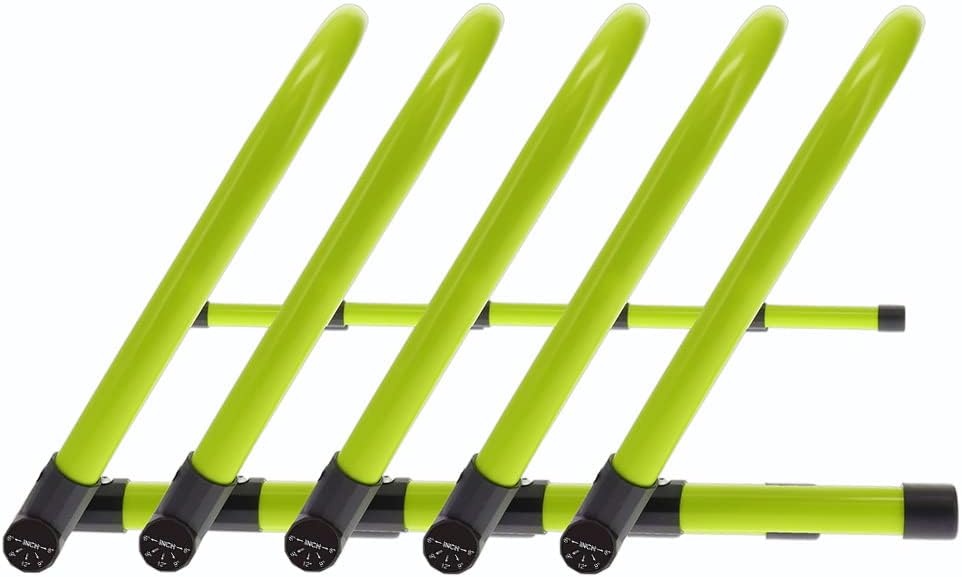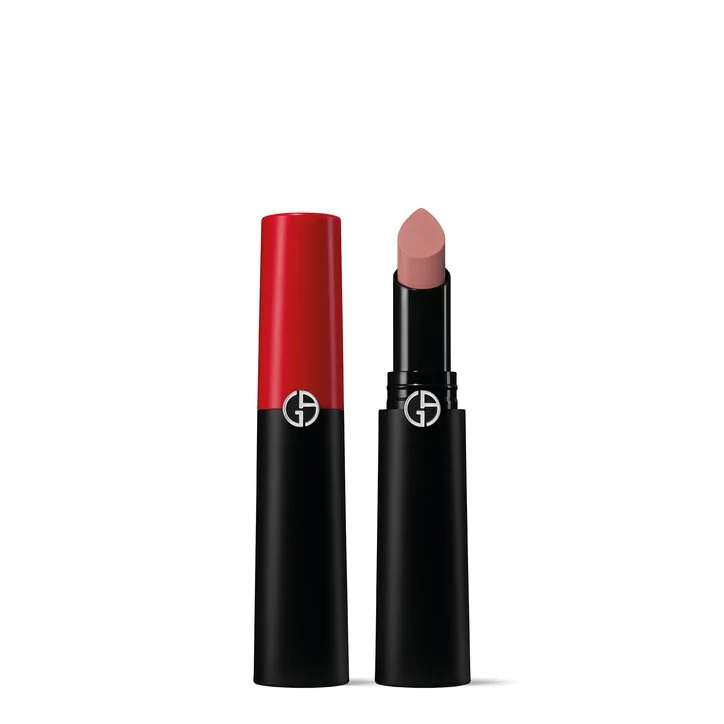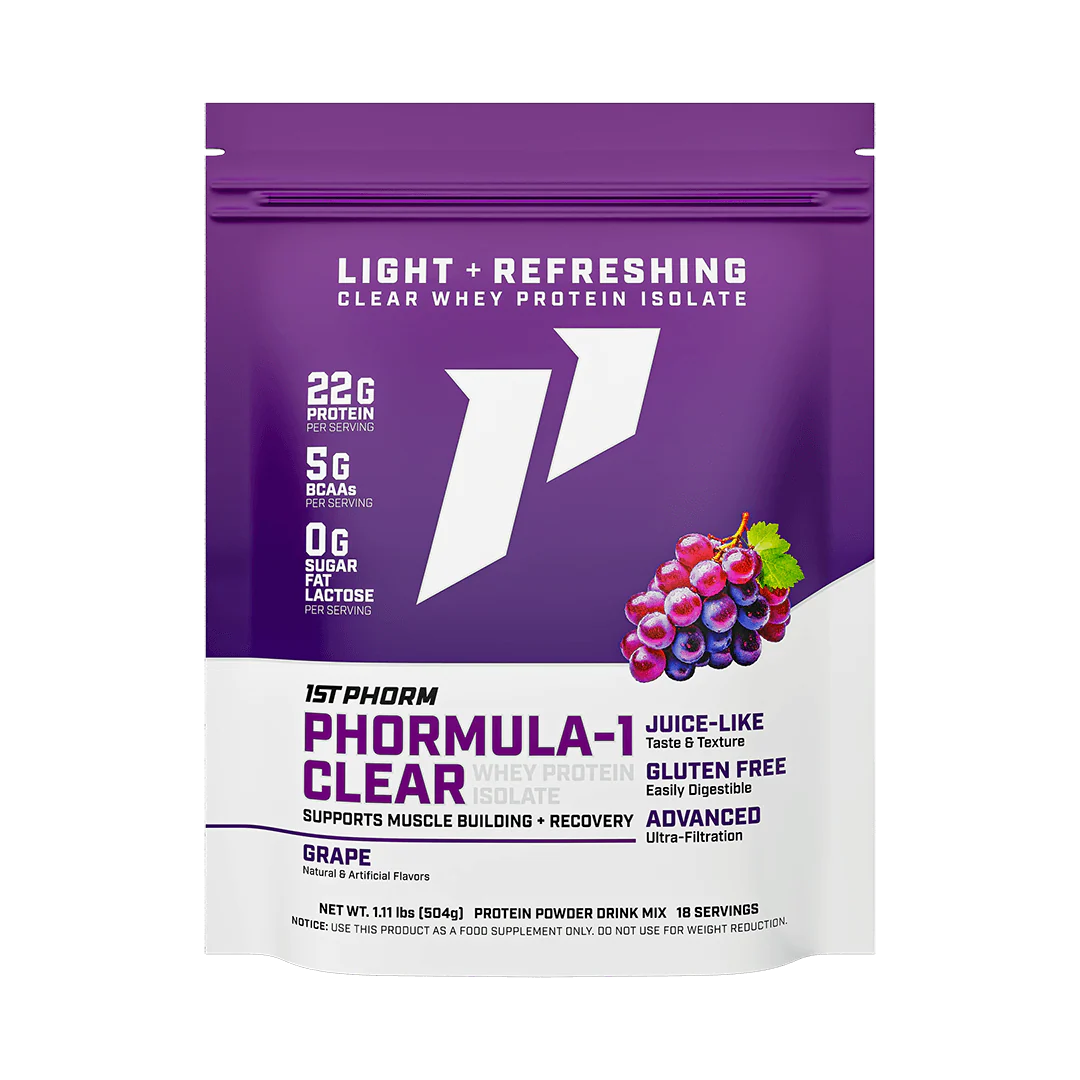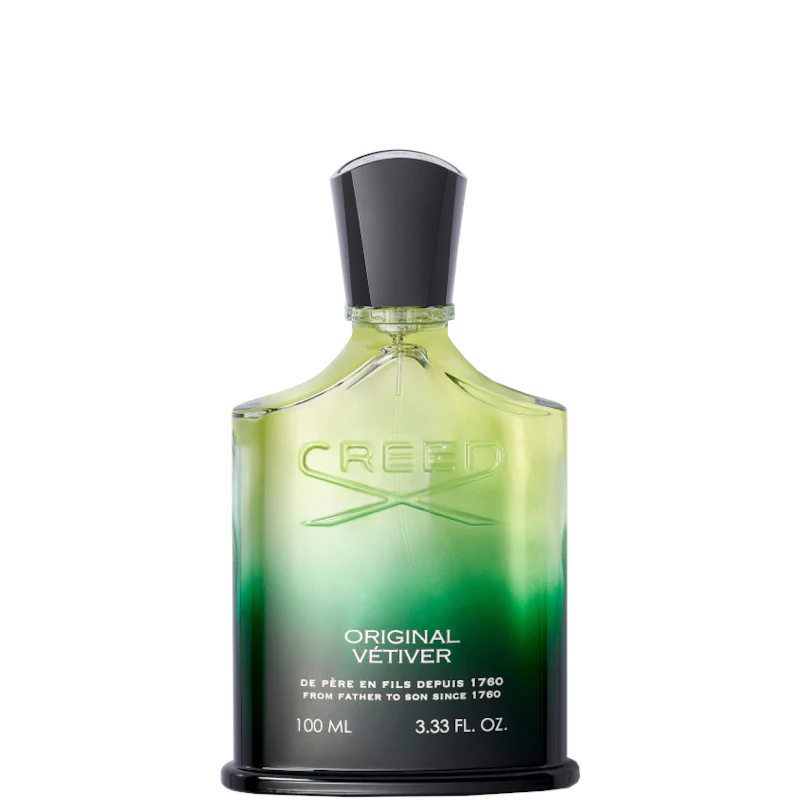Whether you’re a weekend warrior, high‐school athlete, or seasoned fitness enthusiast, mastering speed and agility demands more than just sprinting in a straight line. Traditional cone drills improve footwork patterns, but they don’t teach the explosive hip flexion, rapid ground‐contact times, and rhythmic coordination that separate good athletes from great ones.
In this article, you’ll learn everything you need to know about the Body Sport Adjustable Athletic Speed Training Hurdles—from their robust construction and quick‐adjust design to advanced workout programming, safety considerations, and long‐term care practices. By the end, you’ll understand how these hurdles can transform your speed, power, and on‐field performance.
Shop Body Sport Adjustable Athletic Speed Training Hurdles
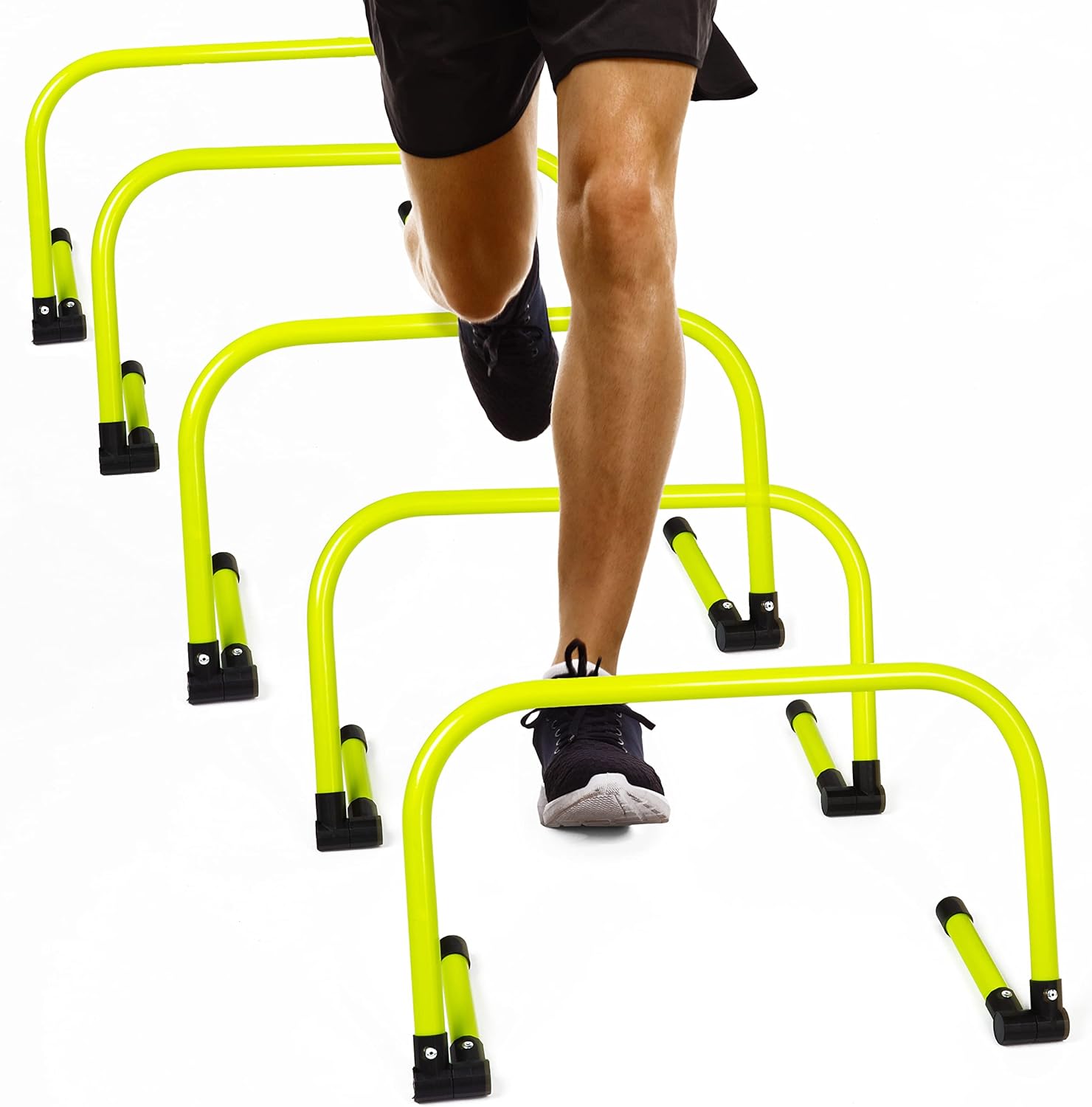
Built to Last: Commercial‐Grade Durability Meets Lightweight Portability
Most training hurdles on the market trade durability for portability, or vice versa. The Body Sport set strikes a rare balance:
- High‐Density Polypropylene Construction: Each hurdle’s U‐shaped frame resists cracking and UV degradation, ensuring outdoor use under sun or rain without brittleness.
- Reinforced Crossbar: The top bar features a solid‐core design that absorbs inadvertent kicks—minimizing wobble during drills.
- Non‐Slip Rubber Feet: Stationary during single‐leg hops and multi‐direction shuffles, reducing tripping hazards on synthetic turf or rubber gym flooring.
- Lightweight 1.5-lb Profile: Easy to carry to field, court, or gym, yet heavy enough to stay in place during rapid drills.
Despite rigorous uses in collegiate and pro‐team facilities, these hurdles remain portable, stacking neatly for transport or storage.
Precision Adjustability: From Youth Athletes to Elite Performers
One set suits everyone—from middle‐schoolers mastering basic strides to elite sprinters fine‐tuning their ground clearance. The Body Sport hurdles adjust in seconds:
- Four Height Settings (6”, 9”, 12”, 15”): Accommodate progressive overload, allowing you to incrementally challenge hip flexor strength and coordination.
- Tool-Free Push-Pin Locks: Intuitive spring‐loaded pins snap into place; a clear click confirms secure adjustment without extra parts to lose.
- Consistent Bar Height: All hurdles in a session stay perfectly uniform, ensuring drill integrity and preventing muscle memory errors.
This modularity accelerates training adaptation and keeps workouts fresh—enabling you to emphasize quick‐step drills one day and maximal‐height plyometrics the next.
Programming with Purpose: Five Hurdle Drills to Master
Integrating these hurdles into your routine yields multidimensional athletic gains. Try these five cornerstone drills:
- Straight‐Line Quick Steps:
- Setup: Five hurdles at 6” height, spaced 2’ apart.
- Execution: Sprint with high‐knees, planting midfoot and driving hips upward—focus on minimal ground contact time.
- Benefits: Improves running economy, hip flexor strength, and neural drive for sprint acceleration.
- Lateral Plyo Bound:
- Setup: Three hurdles at 9”, aligned laterally 24” apart.
- Execution: From a soft squat, bound laterally over each hurdle, landing softly and immediately rebounding.
- Benefits: Trains frontal‐plane stability, glute medius activation, and reactive strength for change‐of‐direction speed.
- Carioca Crossover Drill:
- Setup: Four hurdles at 6”, spaced 18” apart in a straight line.
- Execution: Move laterally, crossing one foot in front, then behind, stepping over each hurdle—keep hips low and torso stable.
- Benefits: Enhances pelvis control, coordination, and adductor strength—key for injury prevention.
- Single‐Leg Hops:
- Setup: Two hurdles at 12” height, 36” apart.
- Execution: Hop on one leg over both hurdles, rest, then switch legs. Repeat 3 sets of 5 hops per leg.
- Benefits: Builds unilateral power, proprioception, and balance—crucial for sprint power and injury resistance.
- Complex Agility Circuit:
- Setup: Five hurdles (6”–15” alternating), then a set of three cones 10’ away.
- Execution: Quick steps over hurdle 1 (6”), lateral bound over 2 (9”), high knee over 3 (12”), carioca over 4 (9”), single‐leg hop over 5 (15”), then sprint to and through cone pattern.
- Benefits: Simultaneously challenges speed, power, change‐of‐direction, and cognitive agility under fatigue.
By rotating these drills throughout the week—with 24–48 hours of recovery between high‐volume plyometrics—you build robust athletic qualities without overuse injuries.
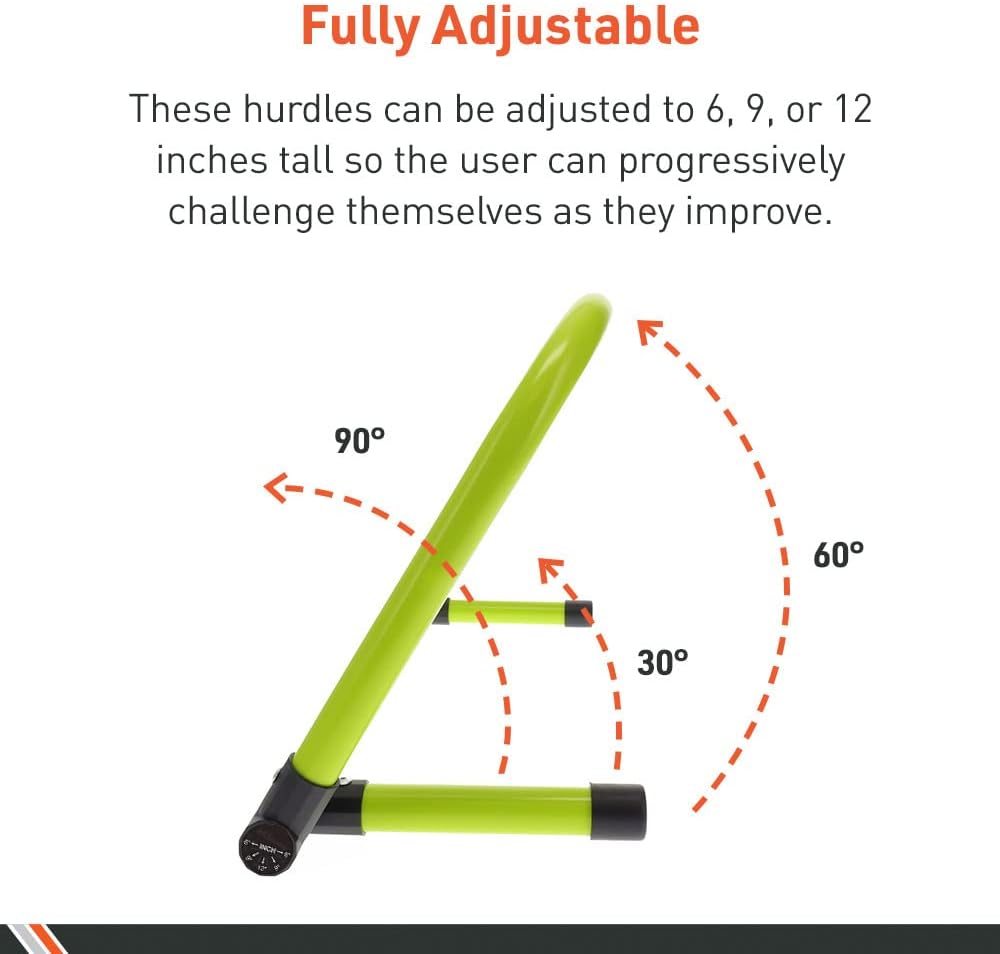
Safety First: Injury Prevention and Best Practices
Agility training is inherently demanding; mitigate risks with these guidelines:
- Warm Up Thoroughly: Include dynamic hip flexor and ankle mobility drills (leg swings, hip circles) before hurdling.
- Master Form at Lower Heights: Before increasing to 12” or 15”, solidify movement patterns at 6” and 9” to engrain proper mechanics.
- Monitor Fatigue: Reactive drills under fatigue elevate injury risk—limit maximal‐effort plyos to no more than 2–3 sets per session.
- Inspect Equipment: Regularly check for cracks in the hurdle frame or worn rubber feet—replace any damaged piece to prevent unexpected failures.
- Use Proper Footwear: Lightweight training shoes with responsive midsoles and secure lacing optimize ground feedback and reduce slip.
Adhering to these practices ensures longevity—for both athlete and equipment—while maximizing training benefits.
Shop Body Sport Adjustable Athletic Speed Training Hurdles
Versatility Beyond the Track: Multi‐Sport Applications
Though engineered for speed work, these hurdles excel across sports:
- Basketball: Footwork ladders often get abused on hardwood; hurdles on turf or gym mats offer cleaner, shock‐absorbing alternatives for defensive slides and vertical leap drills.
- Soccer: Develop rapid leg turnover and coordination in tight spaces by adjusting spacing to mimic dribble contours.
- Football: Teach wide receivers and defensive backs to maximize stride frequency and body control during route running.
- Martial Arts: Enhance split‐step timing, lateral shuffles, and reactive footwork integral to striking and footwork drills.
- Rehabilitation: Graduated height work aids in retraining hip flexors, gait patterns, and proprioception post‐lower-limb injury (under professional guidance).
Such cross‐disciplinary utility makes the set a one‐stop investment for multi‐sport athletes and coaches.
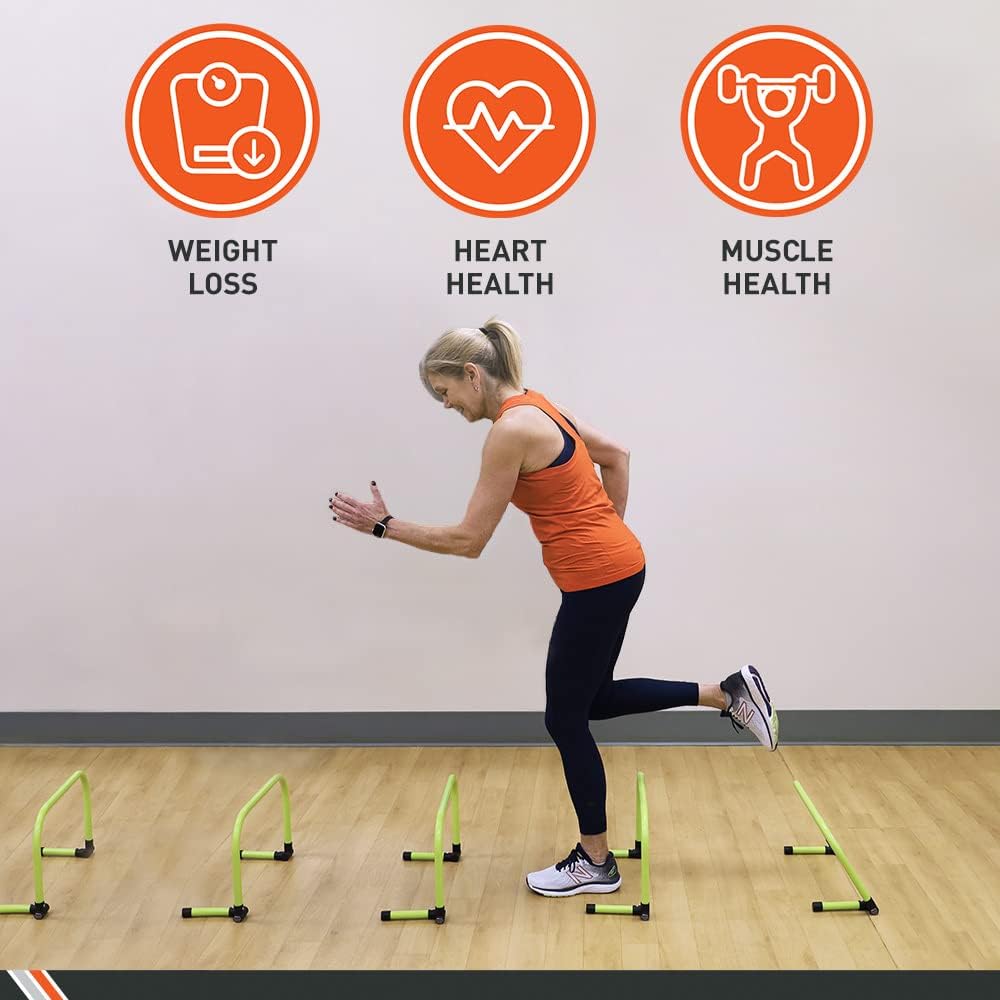
Long‐Term Care: Keep Your Hurdles in Peak Condition
To extend the lifespan of your Body Sport hurdles:
- Clean After Outdoor Use: Wipe down frames with a damp cloth to remove dirt and debris—avoid harsh solvents that degrade polypropylene.
- Store Stacked Flat: Prevent warping by stacking hurdles on a flat shelf; avoid leaning them against walls for long periods.
- Rotate Feet: If you notice uneven wear on rubber tips, swap feet between hurdles to distribute friction evenly.
- Inspect Push-Pins: Lubricate the adjustment mechanisms with a drop of silicone spray annually to maintain smooth pin operation.
- Replace Parts as Needed: Body Sport sells replacement crossbars and feet—order spares to avoid downtime if damage occurs.
Routine maintenance ensures your hurdles remain stable, safe, and performance-ready through years of high-intensity training.
Value Proposition: Investing in Athletic Excellence
A set of six adjustable hurdles retails for approximately $60–$70—roughly $10–$12 per hurdle. Considering their commercial-grade durability and multi-sport versatility, cost-per-season falls under $15 when used twice weekly over a full year. Compared to disposable PVC hurdles that deteriorate within a season, the Body Sport set’s lifetime value is unmatched.
Moreover, the agility and power gains you realize—quicker first steps, higher verticals, and crisper change-of-direction—translate to enhanced on-field performance that pays dividends in competition settings.
Conclusion
The Body Sport Adjustable Athletic Speed Training Hurdles are a cornerstone tool for any athlete or coach serious about elevating speed, power, and coordination. With commercial-grade construction, tool-free height adjustment, and proven programming protocols, these hurdles bridge the gap between amateur routines and elite athletic development. Prioritize safety, maintain equipment diligently, and integrate the five core drills outlined above—and you’ll unlock new levels of explosive athleticism.
Shop Body Sport Adjustable Athletic Speed Training Hurdles

FAQ
- What surfaces are best for these hurdles?
Synthetic turf, rubber gym flooring, and grass fields are ideal; avoid slick tiles or wet concrete to prevent sliding. - How many hurdles should I use per drill?
Most straight-line drills use 4–6 hurdles; complex circuits can mix and match 3–5 based on exercise goals. - Are the hurdles suitable for kids?
Yes—start them at the 6” setting with proper supervision to teach form before progressing to higher settings. - Can I leave them outside?
Occasional outdoor use is fine, but for longevity store them indoors to prevent UV‐induced brittleness. - How often should I replace the rubber feet?
Inspect every 6 months; replace if wear creates smooth spots that compromise traction. - Do push-pins ever loosen?
Rarely—silicone-lubricated pin mechanisms hold securely, but re-check before each high‐impact session. - Can I use them for linear sprint training?
Absolutely—integrate between sprint intervals to maintain foot turnover under fatigue. - Are these hurdles stackable?
Yes—the U-shape frames nest when set to the same height, saving storage space. - Is assembly required?
No—hurdles arrive pre-assembled; simply adjust to your chosen height and start training. - Where can I buy replacement parts?
Body Sport sells crossbars and rubber feet separately via their Amazon storefront—keep spares on hand for continuous use.


